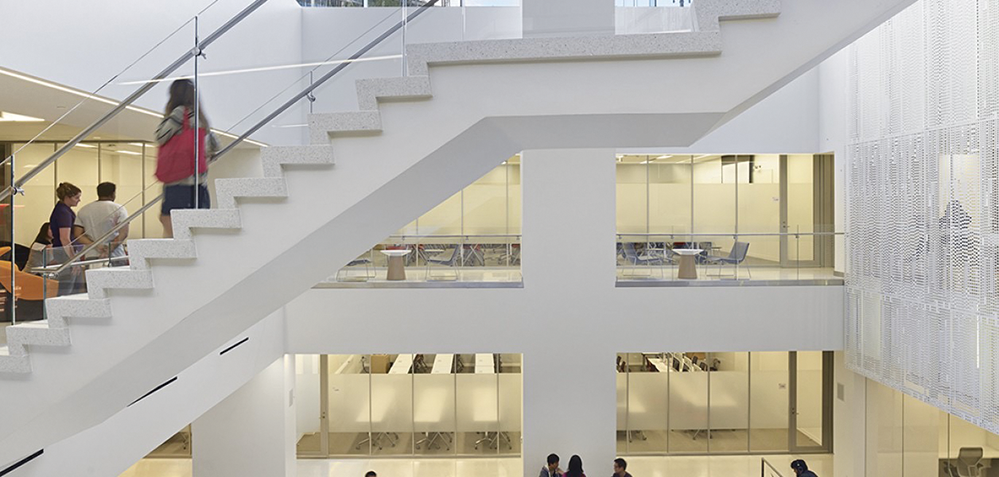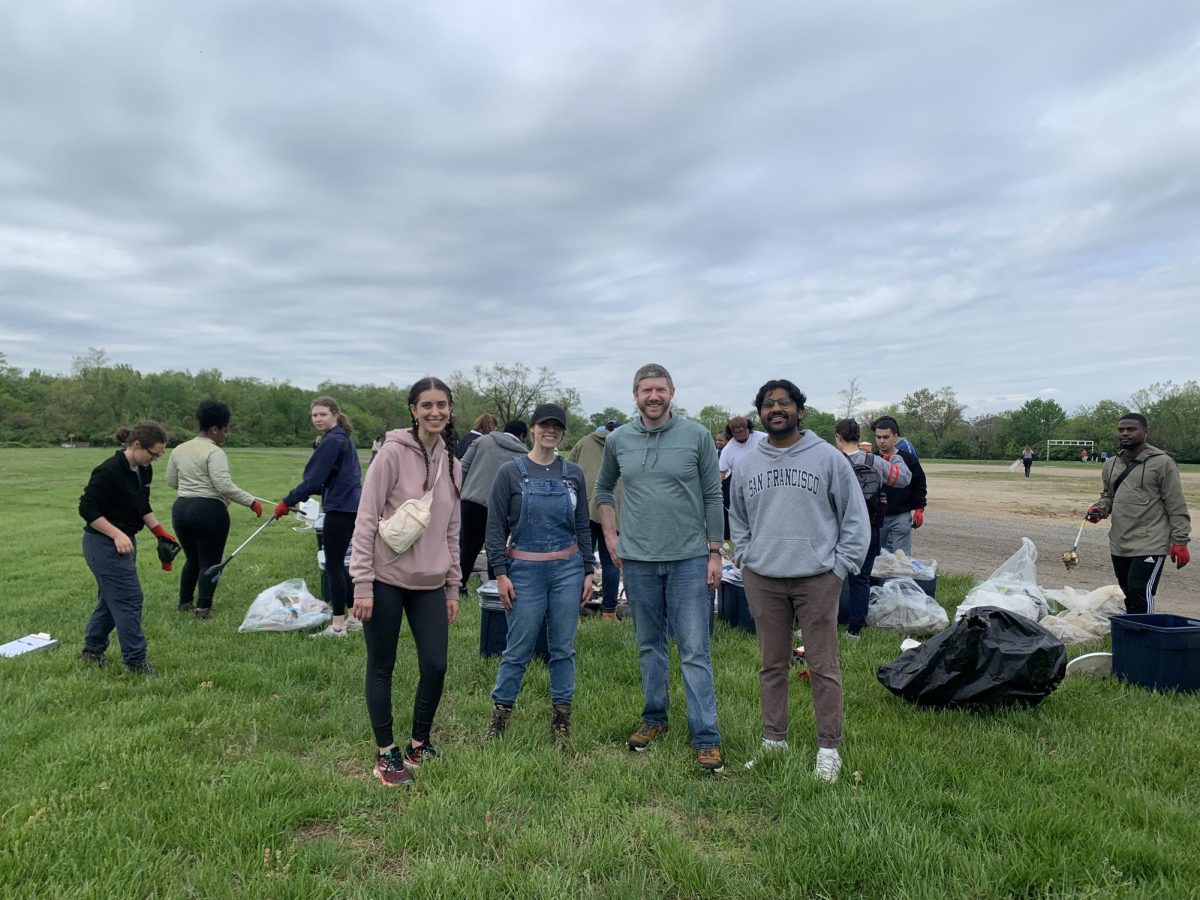The Georgetown University School of Continuing Studies (SCS) hosted a talk with four women journalists in the field of sportswriting Jan. 17.
Bobby Goldwater, a faculty member in Georgetown’s sports industry management master’s program, moderated the conversation between Ruth Bonapace, Sally Jenkins, Raichele Privette (GRD ’20) and Kayla Key (GRD ’20) to discuss the presence of women as sports journalists throughout their careers and into the modern day. The discussion highlighted women’s progression and experiences in sports journalism.
Bonapace began her career in the 1980s, covering the New York Giants as part of the Associated Press, one of the few women in the field. Jenkins is a current sports columnist for the Washington Post, having previously written for Sports Illustrated magazine. Privette, an audio producer for SB Nation’s “Bleeding Green Nation” podcast, reports on the Philadelphia Eagles. She also hosts and produces “Above the Nest with Raichele.” Key is a current video producer, working with the Washington Commanders.
Beginning the event, Carole Feldman, the faculty director for the SCS’s master’s degree in journalism, said that she wanted to work in sports journalism early in her career, but the newspapers to which she applied did not hire women in writing.

“I was a huge baseball fan growing up, and I had a journalism degree. I figured this would be a terrific way to get into sports and become a sports writer,” Feldman said at the event. “I was told when I applied for a job that they weren’t accepting women into the communications department. I could be in hospitality, I could be on the secretarial staff, but I could not be in communications. There went my sports writing dreams.”
Key said she had played and watched sports her entire life, eventually choosing to work in sports media — yet the concern of being a sports journalist in a male-dominated field made her nervous.
“I’ve always wanted to cover sports, but I think there was a little fear in the back of my head,” Key said at the event.
Key said that, while trainings to promote an inclusive newsroom have improved over time, they still largely fail to address the deeper problems underlying women’s treatment in the work environment.
To combat such structural inequities, Privette said that including female perspectives on sports through media like her podcast and Jenkins’ column engages more women to tune into sports media.
“I felt like it could be very intimidating early on when you see that you’re the only woman in your newsroom or environment,” Privette said. “I’m able to tap into an audience and gain an audience and be exposed to an audience or expose our podcast to an audience that they probably might not have been able to reach.”
“I’ve had to be proud of that and confidently share my perspective because it’s different,” she added.
“When we talk about things in these trainings, I’m listening and I’m thinking, ‘This sounds like just common courtesy. This sounds like we’re asking for the bare minimum,’” Key said. “I could not imagine prior to the minimum, I could not imagine what you all had gone through.”
Bonapace said that she was aware that she was a trailblazer for women in her field in the 1980s, but she was initially focused on submitting her stories. However, she eventually realized the inequities women faced in the field, such as not having the same opportunities as their male counterparts to interview players.
“I was aware of the very few women in sports and dealing with the issue. But basically, I was trying to get through my day and get my stories filed,” Bonapace said. “As I was hit with some of these issues, I thought, ‘Well, how do we solve this, how do we solve this? What am I going to do?’”
Jenkins said that she learned to be authentic in her writing to defeat the notion that women sports journalists fail to write within the male-centered sphere of sports journalism. Jenkins said this method was how she made a voice in sports journalism.
“I wanted to be unapologetically female,” Jenkins said. “I think women do have different perceptions and a lot of things. I think that we have different eyes; we have different experiences. And so I think the female perspective means taking responsibility for yourself and building your own voice.”




















